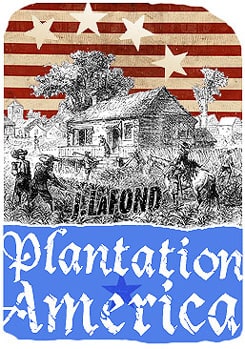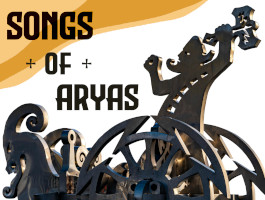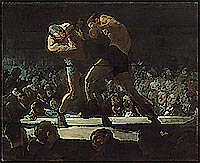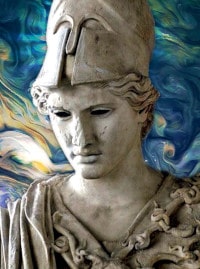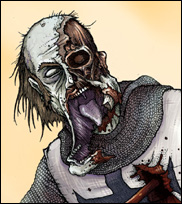1939, Frederick A Stokes Company, NY, pages 3-20 of 333
Historians have long assumed that the Native American pony was descended from horses escaped from, turned loose from, or captured from the expeditions of the Spanish Conquistadors circa 1540. Phil Strong, an equine historian, explains how unlikely it would be for a few refugee horses to survive and reproduce into herds in the American Southwest as the Arab Plains horse.
Strong tracks the routes and time frames of the Spanish entradas, noting that a horse lost during such an expedition would be noted, as they were assets similar to a modern automobile. In one of his warmer moments he recounts how conquistadors would go in half on a horse, and share it, all the while hoping the other took an arrow so full ownership would fall to the survivor!
Along the way Strong recounts the legend of the Seven Cities of Ciepola which began with an 8th Century Spanish bishop who supposedly fled from the Islamic Moors into the western sea and founded seven cities of gold. “all of the faithful believed in the Seven Cities, attested to by Church documents.”
Both De Soto and Coronado took about 250 horseman with their exploratory armies, with no horses unaccounted for on their return. Lost horses were either killed by Indians, or eaten by the starving Spanish [in Soto’s case]. Furthermore, the Indians hated horses and had no knowledge of their care, wanting only to kill them until after they had casual contact with Spanish settlements.
A better conquistador candidate for establishing horse herds in the American Southwest was Gastaldi, the son of one of Coronado’s men, who took ninety horses with coast of mail north into Indian territory in 1581. Strong points out that, for any escaped horses from these expeditions, “every hand and paw would be turned against them… It would have been like spreading a few dozen juicy Caucasians here and there about the cannibalistic regions of New Guinea…they could not have covered the plains without a recognition of their merits and functions by the inhabitants of the plains, the Indians.”
Finally, in 1595, looking to settle, rather than hunting for gold, came Juan de Onate, with a large herd including breeding stock.
By 1680 the Spanish settlements of Santa Fe and Albuquerque had so enraged the Indians with their religious persecutions that they rose up and attacked, driving the few survivors down to Santa Fe. Strong does not possess the racial prejudice common to his time and notes, “It is one of the saddest chapters of history—if the Indians had exercised ordinary diligence and care they might have caught them all.”
I particularly like Strong’s sexist humor as he described the evolution of the Native American pack animal, “Every primitive from Hudson Bay to Tierra del Fuego had learned to harness women or dogs to objects that needed moving; Ornate first showed them, under comparatively friendly circumstances, an animal far swifter and stronger than these inferior draft-beasts.”
The fact that Ornate hanged two horse thieves in 1598 suggests that at that time the Indians were experimenting with using horses. American Indians would not be mounted in significant numbers until the early 1700s.


